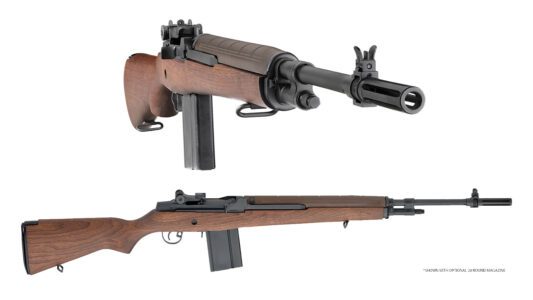
The Garand Platform - An Unusual Combination of Reliability, Performance, and Heritage Account for Enduring Popularity
By Guy J. Sagi
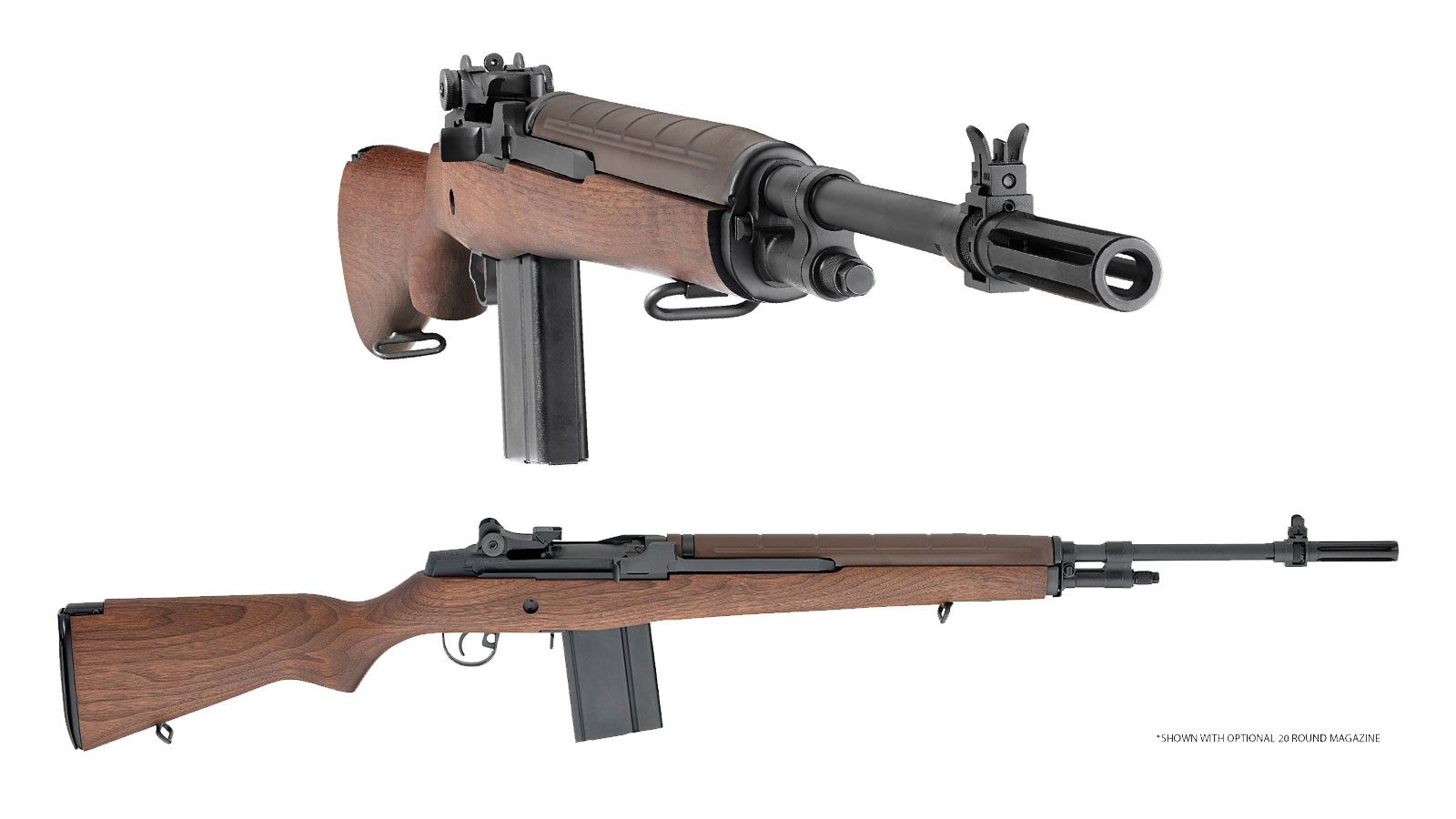
Springfield Standard-Issue 7.62 M1
The dog days of summer are a frustrating period in which traffic often drops at gun counters. It’s the collision of soaring mercury, mosquitos on patrol, family vacations, and a vacuum of political rhetoric to blame. There are other times, however, when traffic through retailer doors also slows.
Sales, rebates, promotions, and special events are solutions to the recurring challenge but, when it comes to attracting a steady flow of customers year-round, there’s a supplementary option. Add products and services that cater to enthusiasts with a passion for a particular platform. Word will spread organically on firing lines, in forums, blogs, and social media. When that special item is in inventory, they brave buffalo blizzards for a glimpse.
Even a single specimen on a shelf attracts avid fans. It’s an undeniable magnetism can make even modest investments potentially profitable. The increasing popularity of the M1A/M14 demonstrates how rifles with indelible history are growing in popularity and defying seasonal swings.
Recently a pair of retailers told SHOT Business of customer interest in the M1 Garand. The Outdoorsman of Santa Fe, in Santa Fe, New Mexico, is selling used M1 Garands, and Jeff McIntyre, owner of Nebraska Gun, in Lincoln, Nebraska, said, “Anything in the M1 Garand category is hot right now. These rifles have risen to an all-time-high demand.”
Unfading M1A/M14 Interest
The original Springfield Armory is where many legendary firearms—including the M1 Garand and M14—were designed and produced. The facility, established in 1777, closed in 1968. It’s now a National Historic Site in Springfield, Massachusetts, a designation that scarcely reflects the role it played in our independence and national defense.
The name and legacy were destined for footnote status until 1974, when the Reese family returned the label to prominence by establishing the Springfield Armory we know it today. Its Hellcats, Echelons, SA-35s, and others are hot sellers, but the company grew on a rifle with a deep history.
“The M1A, since its launch more than half a century ago, has consistently been a popular offering from Springfield Armory,” says Mike Humphries, media relations manager at Springfield Armory. “As the company’s foundational product, it is one that is often most associated with the brand. In fact, the demand for the rifle (and its many variants) has been consistently strong over the numerous decades it has been offered.”
When asked if sales suffer any time throughout the year, he said, “Demand for the M1A in its numerous forms is consistently strong, and that is one of the many reasons it has been around since the launch of the company.”
Other firms manufacture the rifles, a few used models trickle in to retailers here and there, and the Civilian Marksmanship Program occasionally offers surplus M1 Garands. Springfield Armory undeniably dominates the factory-fresh market, however, offering a modernized line that includes the M1A Loaded, others wearing adjustable Archangel stocks, the popular SOCOM 16 model, and more.
The look is a conversation starter at the counter, but there’s more to the allure than just the guns. Accessory sales steadily grow and seem to defy seasonal slumps.
Kitting Up
Bill Bovensiep, Delta 14 CEO, patented his first aftermarket polymer stock system for the M1A/M14 in 2015. There’s a reason he’s passionate about the platform. His father carried one in 1968 during the height of Vietnam’s Tet Offensive.
Today Delta 14 offers clever American-made designs that are modular, allowing owners to customize their setup. Bovensiep proudly reports sales are up 500 percent since 2017 and demand is steady year-round.
Enthusiasts aren’t your typical buyer, either. “With the M1A there’s a nostalgic rifle,” he says. “If they can afford it, they can afford to modify it. Most of my sales do not come from the base chassis.” Delta14chassis.com
Other companies offer aftermarket stocks for the platform. Upgrades include all-metal, fully adjustable models, high-speed versions with M-LOK galore, and classic-profiled synthetics. Modern manufacturing techniques contribute to the design’s popularity and demand for aftermarket parts. ShootingSight, for example, makes National Match sights, but the company’s replacement triggers illustrate the upgrade trend.
“I am making new triggers from billet steel, so I am able to improve the design to take advantage of CNC capabilities that did not exist in 1937, when John Garand developed the trigger,” says Art Neergaard, owner of ShootingSight. “The triggers are adjustable, both for pull weight to achieve the NRA minimum of a 4 1/2-pound pull, and for second-stage sear engagement, so creep is virtually eliminated. Sear geometry is revised for smoother pull, and NiB coating is added, allowing lube-free operation in dusty environments.” Shootingsight.com
His improvements didn’t stop there, though his mention of NRA match standards brings up another reason sales are increasing.
Competitions
Local and national matches for the platform have increased dramatically. Interestingly, Hornady recognized the growing pursuit decades ago.
“Hornady has been loading a match line of .30-06 ammo for the M1 Garand since the late 1990s,” says, Seth Swerczek, Hornady’s marketing communications manager. “With the popularity and historical significance of the M1 Garand rifle, and the CMP matches held at Camp Perry, having factory-loaded, match-accurate ammunition is a natural fit. Having a factory load that is purpose built for the M1 Garand provides the shooter and competitor with a reliable load to keep these historic rifles out on the range.” Hornady.com
Why the Resurgence?
The story begins with the M1 Garand, which Gen. George S. Patton called “The best battle implement ever devised.” John Cantius Garand designed the rifle while working at the original Springfield Armory. His first model appeared in 1924, chambered in the 7mm the U.S. military hoped would replace the .30-06 Sprg. cartridge.
Testing of the gas-operated semi-automatic began the next year, along with other rifles vying to replace the then-issued bolt-action M1903 Springfield rifle. Trial results were inconclusive, though officials asked Garand to design a .30-caliber version of his gun for further evaluation.
It appeared in 1930, but the decision makers still weren’t convinced it was the best choice. Meanwhile, things were heating up in Europe and the United States was sitting on a stockpile of .30-06 Sprg. cartridges.
In 1932 Army Chief of Staff Gen. Douglas MacArthur issued a logistically wise order. The semi-automatic selected would chamber the same .30-caliber ammo the U.S. Army had in inventory. Testing continued, and on Jan. 9, 1936, officials announced the M1 Garand was the new standard-issue rifle. Full fielding by the U.S. Army was complete in 1941 and the Marine Corps and Navy followed.
A Legend is Born
The M1 Garand’s performance during World War II is legendary. Whether in the forests of Europe, deserts of Africa, or sands of the Pacific, it delivered and quickly gained the confidence of combat troops.
The method of operation taps gas from the barrel, which pushes a rod—beneath the barrel—back into the receiver. That unlocks the bolt, extracting and ejecting spent brass in the process. After full rearward travel, a spring forces the system forward, picks up a fresh round along the way and, finally, locks the rifle back into battery.
The M1 Garand’s eight-round magazine was not removable. To speed reloads in combat, en-bloc clips were employed, which ejected above the rifle with a characteristic “ping” sound when empty. The U.S. adopted the .308 Win. cartridge in 1954, which in slightly different form became 7.62 NATO, signaling the approaching end to the M1 Garand’s reign.
The M14 Offspring
Engineers at Springfield Armory, including Garand, were already working on a .308 Win.-chambered successor based on the M1 by then. In 1957 the M14 that resulted would be formally adopted by the U.S. military. Improvements included making it a short-stroke piston (still located under the barrel) and the addition of a bolt roller to reduce friction. It also had a detachable 20-round box magazine, straight op rod, and measured shorter than the M1 Garand. It also weighed less.
U.S. military fielding didn’t begin until 1960, but by then things were heating up in Southeast Asia. Officials were already considering ArmaLite’s AR-15 platform as a replacement, and four years later those early iterations of the M16 were in limited combat. Official adoption of the M16A1 came in 1969. By 1980 the military’s M14s were in armories.
Rebirth
There they stayed for more than two decades, until the Global War on Terrorism spread into the mountains of Afghanistan. Brought out of mothballs and retrofitted with modern furniture and optics, they did yeoman’s duty in the hands of designated marksmen at distances that defied 5.56 NATO-chambered M4s.
The fight-stopping power of the .308 Win./7.62 NATO cartridge and the M14’s ability to stretch the distance piqued interest. Demand grew, yet again, and remains unwavering.
It’s an interesting development for a design that, in basic form, is roughly a century old. It somehow bridges generation gaps with an enviable, timeless dexterity. Fathers of baby boomers carried one form in World War II and Korea, and at least two more generations carried the gun’s direct descendant. It’s an unusual combination of reliability, performance, and heritage.
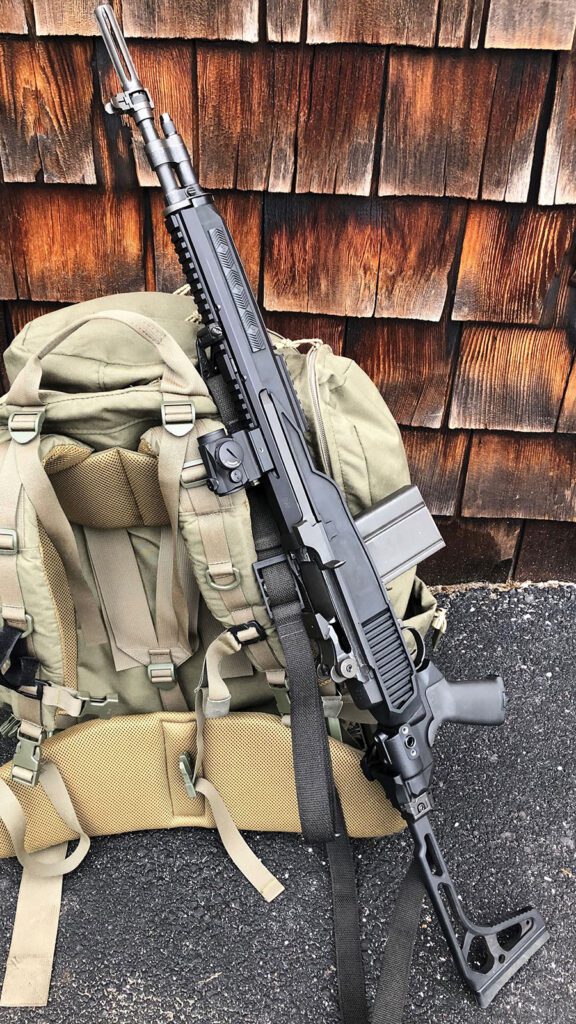
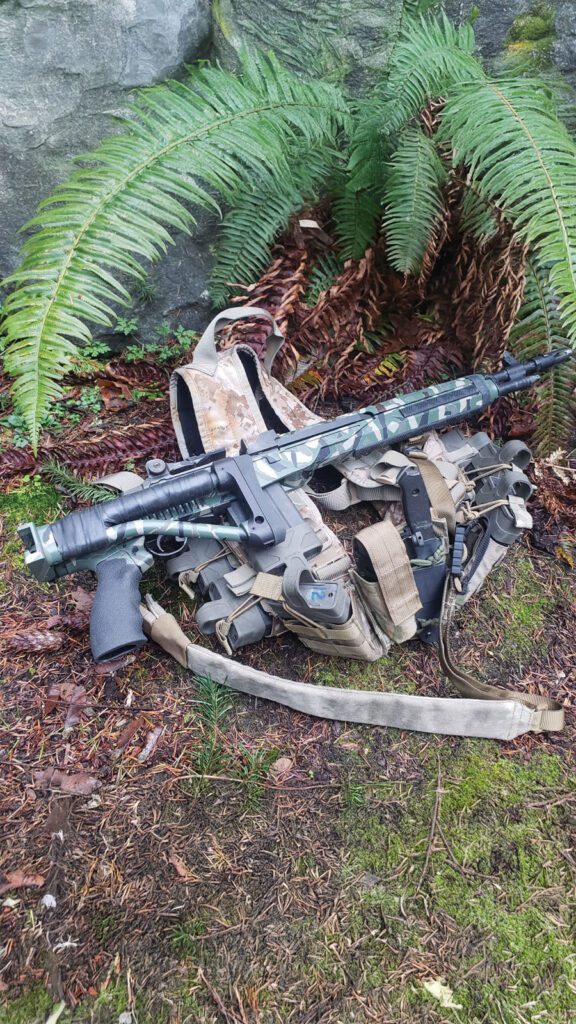
Aftermarket M14 folding stock from Delta Chassis.
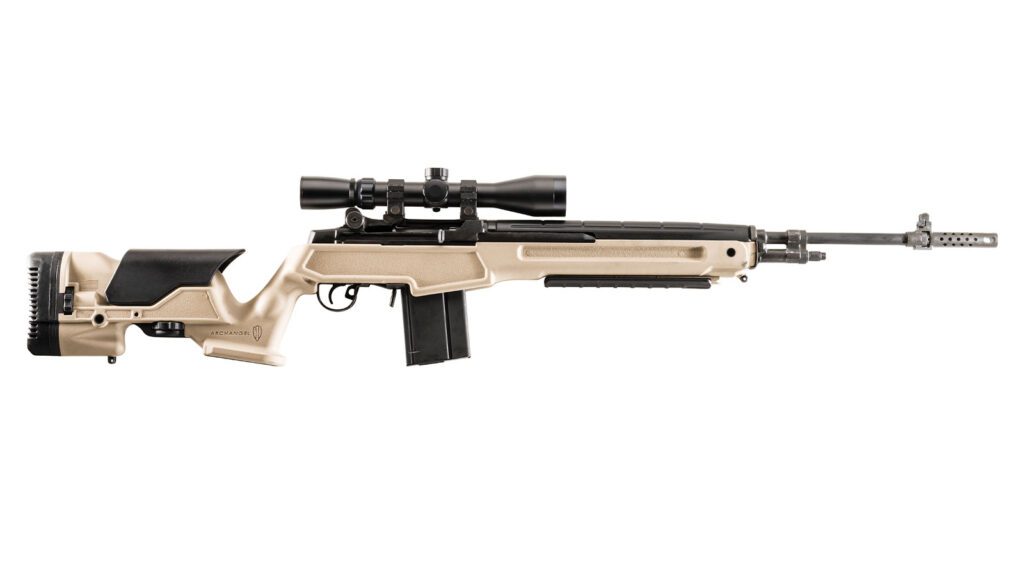
ProMag Archangel aftermarket stock
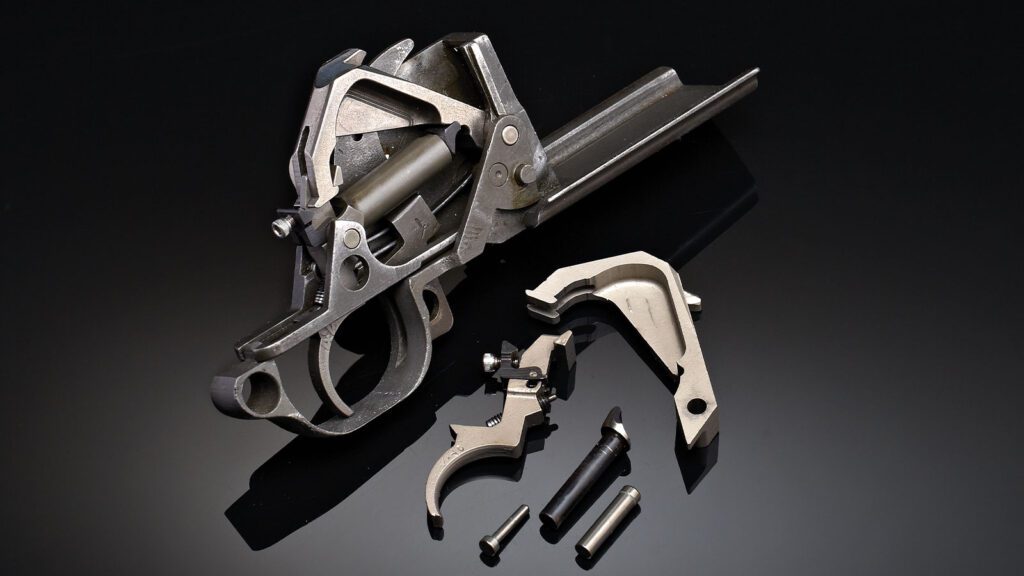
ShootingSights offers adjustable billet-steel triggers that virtually eliminate creep.
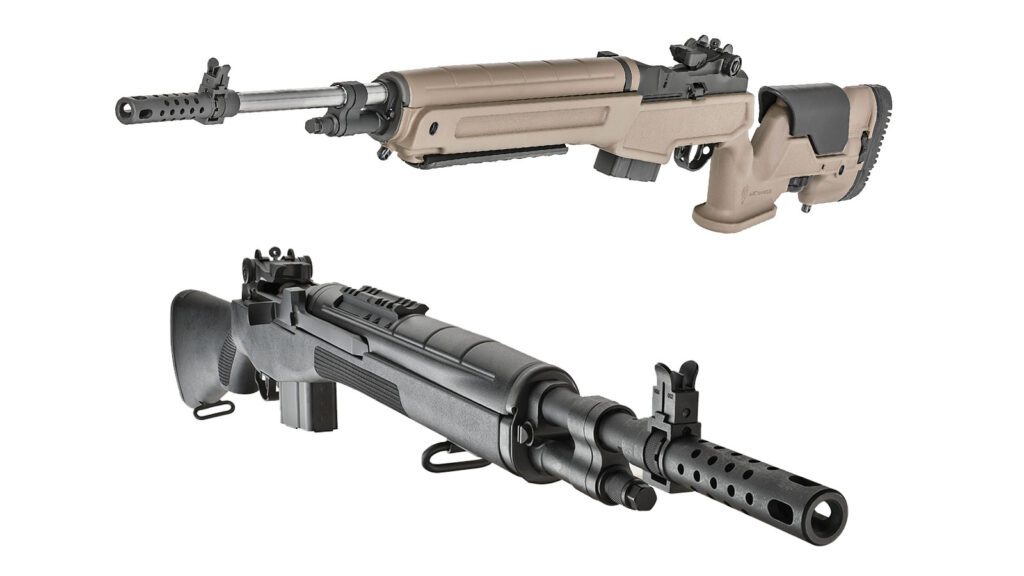
Springfield M1a Scout Squad and 6.5 Creedmoor Rifles
